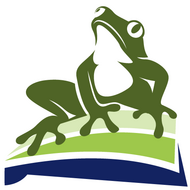Great Lakes As a Heat Source and Heat Sink
(View Complete Item Description)One of the principles of water is that it absorbs and releases heat easily. When there is a basin of water, like the Great Lakes, the ability to hold onto and release heat can have a significant impact on the surrounding coastal areas. Those coastal areas throughout the Great Lakes are often referred to as “The Fruit Belt.†This lesson and accompanying activities explore water's ability to absorb and release heat, the affect the Great Lakes can have on the surrounding land, and how the relationship between those two influence the economy and culture of Great Lakes coastal areas.
Material Type: Activity/Lab, Diagram/Illustration, Lesson Plan, Reference Material




















